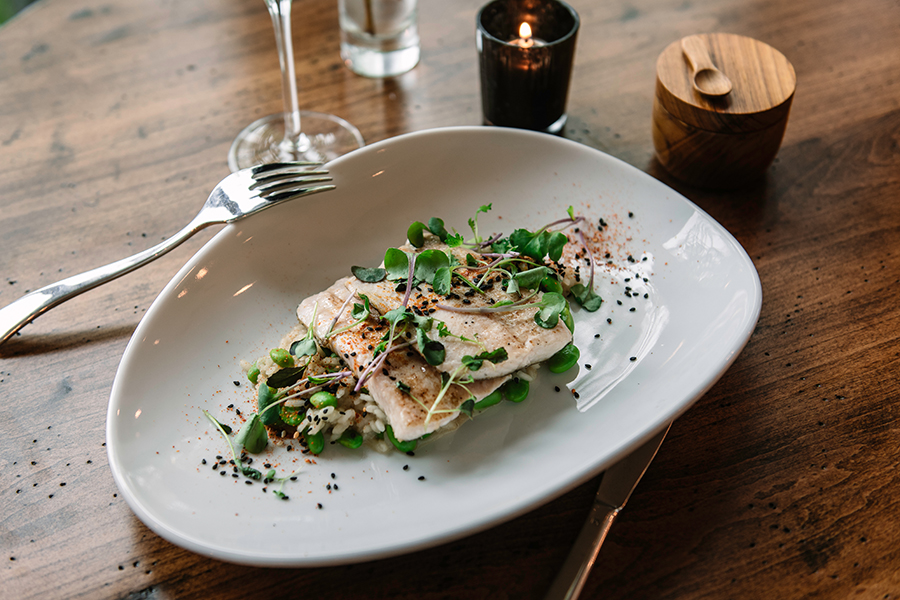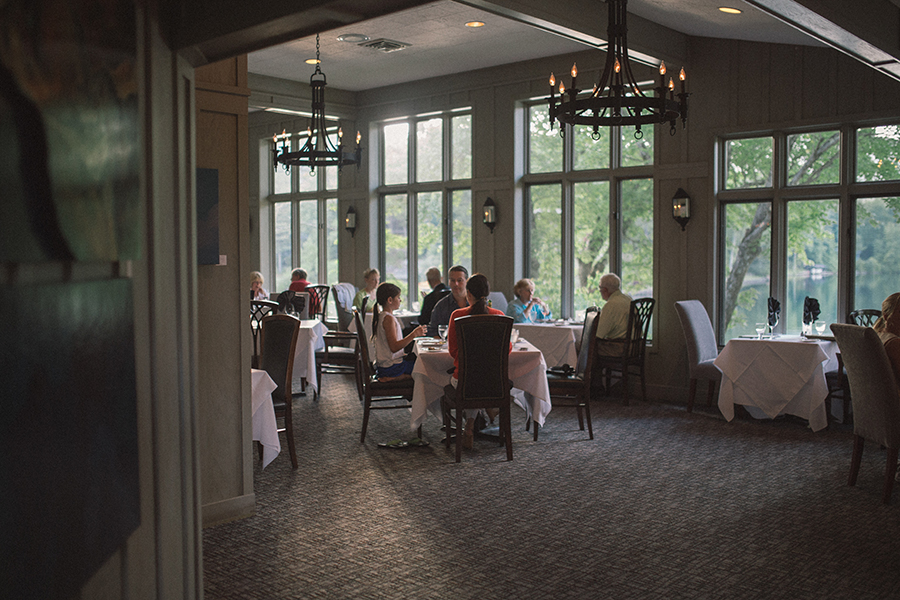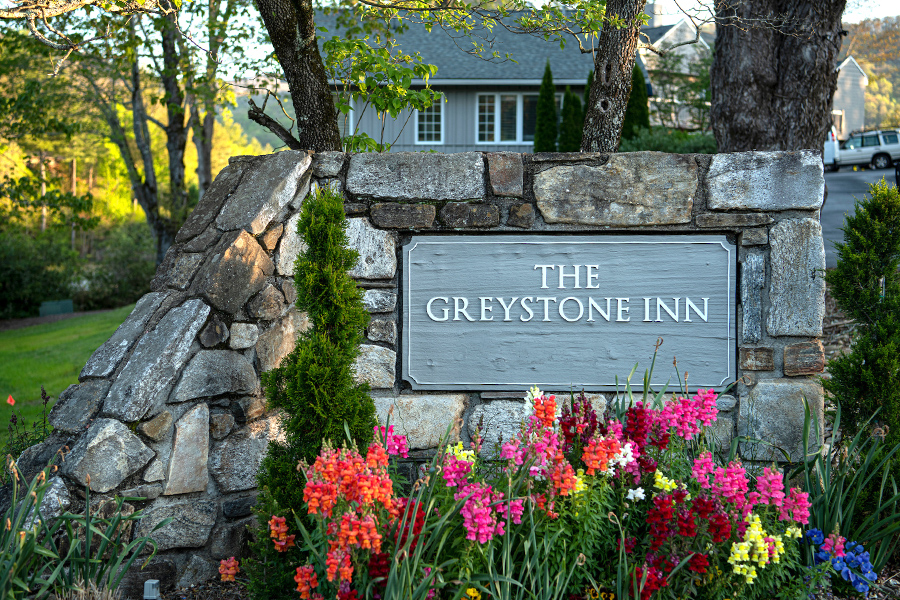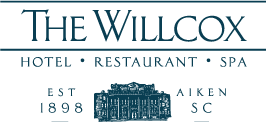Waves of Time: Exploring The Rich History of Lake Toxaway
For over a century now, Lake Toxaway has played host to an abundance of wildlife and tourists alike who are drawn to its natural beauty. Savannah natives George and Lucy Armstrong were the original occupants of the Swiss-style mansion known as The Greystone Inn today. Having built the home shortly after the lake was constructed, it remains one of the only original houses that has survived in modern times. From the Vanderbilts to the Fords, many prominent American families paid visits to this lakeside oasis, deeming it “America’s Switzerland”. The richness of Lake Toxaway doesn’t just stop with its flora and fauna; its history begins with a group of Pennsylvania entrepreneurs with an ambitious plan.
 Pictured right: An old postcard from the original Lake Toxaway before the dam broke. Credit: John Nichols.
Pictured right: An old postcard from the original Lake Toxaway before the dam broke. Credit: John Nichols.
Original stakeholders C.H. Stolzenbach, W.D. Sharpe, G.W. Eisenbeis, J.F. Hayes, and C.W.R. Radeker formed the Lake Toxaway Company in 1895 and began work on their largest undertaking in 1902– the construction of Lake Toxaway and the elegant Toxaway Inn. With a costly million and a half dollars (over $16.3 million in today’s money) and 1,200 men later, the work would begin. The earthen dam would be complete in 1903, resulting in the completion of what we know today as Lake Toxaway. By that time, the Transylvania Turnpike had been engineered and developed, facilitating the transportation of workers and materials to the area for the construction of the lake and Toxaway Inn. The Transylvania Railroad had been extended to the Lake Toxaway depot in 1904, with the depot receiving four trains a day delivering passengers to stay at the Toxaway Inn or transfer to a stagecoach for further travel.
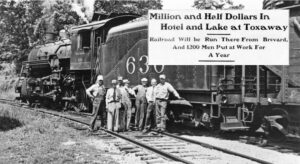
Pictured left: The Southern Railway, constructed by original Philadelphia investors during the lake’s initial construction. Photo credit: John Nichols. Pictured inset: Article clipping details the lake’s labor and construction cost. Photo credit: historictoxaway.org.
On the shores of the new lake, the massive Toxaway Inn would rise five stories. Reports dispute the exact number of guest rooms, with some claiming more than one hundred rooms en suite and others asserting as many as five hundred rooms. The Toxaway Inn had every conceivable modern convenience, including elevators, steam heat, electric lights, its own power plant, long-distance phone service, a chandelier-lit ballroom, large verandas, and open fireplaces. For guest entertainment, there were daily stringed orchestra concerts, golf, bowling, and tennis; horseback riding and hunting through the forests; and fishing in the streams snaking through the property. The lake itself was a source for entertainment, with swimming, boating, canoes, and a steam-powered boat all available for delighted hotel guests.
The creation of Lake Toxaway and Toxaway Inn became a catalyst for transformation, enticing tourists from across the country to visit this turn- of-the-century paradise, but this would soon come to a crashing halt. Just thirteen years later in the summer of 1916, North Carolina was hit with three sequential hurricanes, bringing a staggering 20 inches of rainfall to the land in less than 24 hours. This influx of water would result in Western North Carolina’s land and waters to swell significantly, causing the Lake Toxaway earthen dam to finally give way. Over five billion gallons of water would be unleashed into the gulch and towns below, with some residents having seen a wave as large as 30 feet crashing downstream. Miraculously, documents claim that the only life lost was that of a singular, blind mule.

Pictured right: A revitalized photo of George and Lucy Armstrong, whose home on Lake Toxaway became The Greystone Inn. Credit: John Nichols
As the lake line receded, so did the area’s guests. The once-buzzing Toxaway Inn closed early that season and would shut its doors for decades thereafter. Efforts to rebuild the dam were hampered by the loss of tourist income, the Great Depression, and litigation against the dam owners. The Toxaway Inn remained vacant until the late 1940s when it was sold, its contents were auctioned off, and the building was razed. Although a few private homes around Lake Toxaway survived, most of the land and lakebed remained unchanged until the 1960s.
John Nichols, grandson of R.D. Heinitsh Sr., remarks on the incredible opportunity his grandfather and father had in revitalizing the area and rebuilding the lake as we know it today. “In the 1960s, it was primarily my grandfather and his team who were developing Toxaway. By 1968, they had invited my father to join them. When my mom and dad relocated, they actually resided in The Greystone Inn for approximately a year. I was born in 1969. Afterward, they moved from The Greystone to the location where the country club now stands, and I grew up in the cottage on that property. Initially, they envisioned it as a summer house for people in the surrounding area, but over time, it evolved into what it is today,” John says.
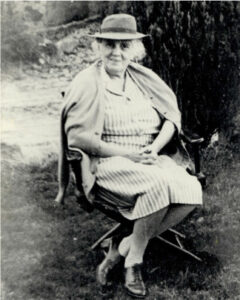
Pictured left: Miss Lucy poses for a photo at her home on Lake Toxaway. Credit: The Greystone Inn.
He recalls a multitude of fond childhood memories while growing up as a Lake Toxaway native. “When you are from a place like this, you feel it’s your secret oasis. You meet other people and they all have the same feeling. People fall in love with the mountains and understand the history of a place,” he says. John emphasizes that its residents are keen on preserving the area in modern times. “We’re surrounded by a national forest and it’s never going to get much busier,” he explains. Lake Toxaway Estates and the Heinitsh family would continue to oversee the revitalization of the area for many years, eventually embarking on a transfer of ownership to the Lake Toxaway Community Association in the early 2000’s. Now enjoyed by vacationers and long-term residents alike, Lake Toxaway is home to a thriving community with over 1,100 home sites.
Just as it was enjoyed upon its original completion in 1903, Lake Toxaway continues to serve as an enduring haven nestled amongst 10,000 acres of surrounding wilderness. With the past ever-present in Lake Toxaway’s story, scars from the 1916 flood can still be seen along the Toxaway Falls granite embankment. As wildlife booms across the lake’s gentle waters, the story of its vitality and continued preservation are most certainly intertwined with the people who first chose to call it ‘home’ over one hundred years ago.

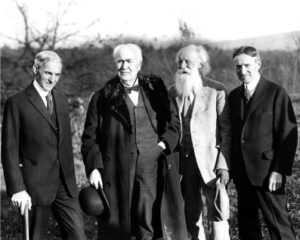 Pictured left: Thomas Edison and Henry Ford sit together on the grounds of Lake Toxaway. Pictured right: Henry Ford, Thomas Edison, John Burroughs, and Harvey Firestone pose together during their trip to Lake Toxaway. Credit: John Nichols.
Pictured left: Thomas Edison and Henry Ford sit together on the grounds of Lake Toxaway. Pictured right: Henry Ford, Thomas Edison, John Burroughs, and Harvey Firestone pose together during their trip to Lake Toxaway. Credit: John Nichols.
Pictured below: Workers pose outside of the Toxaway Inn during its construction.


